Bhanbhore excavation mission finds plenty of clues to rewrite history
The excavation team comprises Pakistani, Italian and French experts.
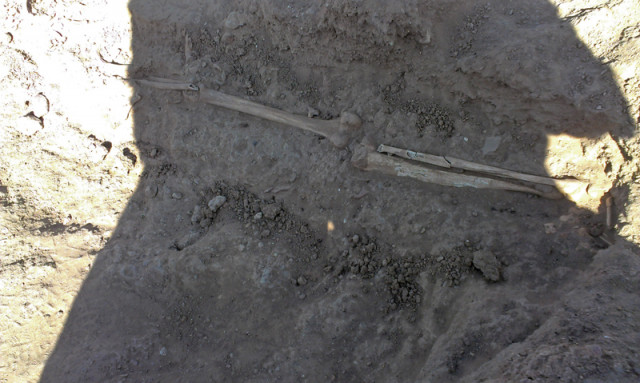
The team found three human skeletons during the excavation in Bhanbhore. The bodies had been buried systematically in a room, dispelling the earlier notions that the site had been destroyed by a natural disaster. PHOTOS COURTESY: CURATOR
This was disclosed by the Bhanbhore excavation mission coordinator, Dr Kaleemullah Lashari at a session, titled ‘Pak-Italian and French - joint archaeological mission Bhanbhore Excavation 2013-14’ at the National Museum’s auditorium on Monday.

“The partition line was not made to divide Hindus and Muslims living at Bhanbhore. It was built in haste and with less care,” said Lashari, while sharing the mission’s findings.
Dr Lashari briefed the audience about the background and importance of the site, linking the impact of different periods before and during the Islamic era on the cultural and social activities of its inhabitants. In his presentation, Dr Lashari revealed that three human skeletons were found from a room, adding that their bones had been crushed before they were buried. “The burial rites were performed systemically, with their heads placed towards the north,” he explained, showing pictures of the site to justify the claims made by the excavation team.
The team comprises Pakistani, French and Italian experts, including Dr Asma Ibrahim, Dr Valeria Piacentini, Prof Dr Mario Piacentini, Dr Agnese Fusaro, Dr Niccolo Manassero, Alessandro Tilia, Dr Monique Kervran, Dr Cyril Driard and Helen David. The team had started the excavation on January 6 which continued till February 14.
Dr Lashari revealed that the coins and instruments found from the site were of variable shapes and sizes. “These coins are not from the Islamic era.” He said that the alignment of buildings at the site were also different from that of the Arab period.

Though Lashari was unsure whether Muhammad Bin Qasim came to Sindh from this site, he pointed out that the Fateh Nama spoke of the incident in clear terms. “There is no denying it. The Fateh Nama tells the story of Muhammad Bin Qasim’s invasion from this site. More research, however, is required to substantiate the claim.”
He went on to explain that the fort wall on the west side was built later on. “The buildings in the Western sector functioned as a warehouse for trade items.”
“We have been working at the site for the last three years,” said Ibrahim, who led the Pakistani team. She disclosed that the site had never been excavated or explored on a large scale.
“The Sindh government put together a team of national and international experts,” said the Consul of Italy, Roberto Frances Chinis. “The results are fascinating and it is all because of the combination of the team.” He said that he had visited the historical site several times, adding that it was an important location for historians and archaeologists.
The adviser to the chief minister on culture, Sharmila Farooqi, appreciated the team’s efforts, saying that they had performed the task under difficult circumstances. She said that the provincial government will continue efforts to promote, protect and preserve the heritage of Sindh.
In response to a question regarding the historical importance of the site, Dr Lashari said that Bhanbhore had become famous because of its folklore - Sassui. “It needs to be researched on various other aspects as well.” He claimed that the human skeletons were from the 11th century. Concluding the presentation, Lashari said that more studies were needed to fully understand the importance of the site in the historical context.
Published in The Express Tribune, February 18th, 2014.

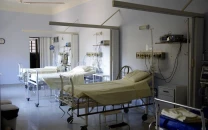
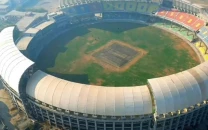
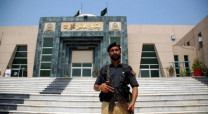
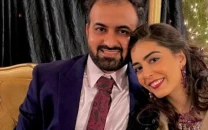

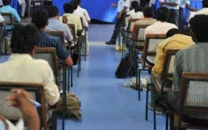












COMMENTS
Comments are moderated and generally will be posted if they are on-topic and not abusive.
For more information, please see our Comments FAQ